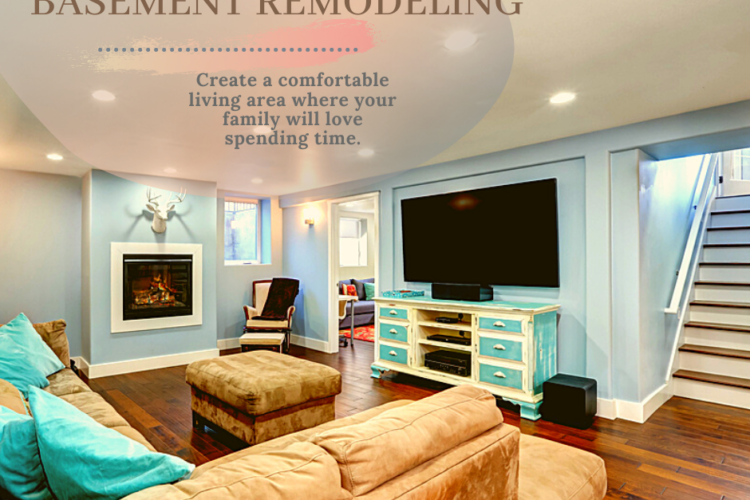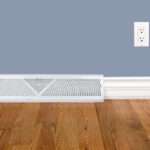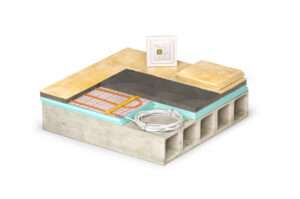
Transform Your Basement

Transform Your Basement into a Functional Living Space
Many homeowners use their basements for storage, but why not transform that space into a welcoming retreat for everyone? Imagine a stylish home office, a vibrant game room, or a relaxing area for adults – the possibilities are endless! But before diving in, be sure to address potential issues.
Proper planning is essential to transform your basement area successfully into a functional living space.
First, consider moisture.
Completing a basement without addressing potential moisture problems can lead to future issues.
Introducing a dehumidifier or applying an interior coating to the walls may offer a cost-effective but temporary fix. For a more lasting solution, start by examining gutters, downspouts, and surface grading. Addressing any issues related to rainwater and surface drainage can effectively tackle certain basement water concerns.
Additionally, you’ll want to think about lighting.
Additionally, you’ll want to think about lighting, especially if the room lacks natural light sources, as many basements do.
Recessed lighting is an excellent choice because it doesn’t take up valuable overhead space. Plus, it’s easy to install with a drop ceiling. Many rooms, but especially the basement, benefit from a combination of lighting fixture types. Combining recessed lighting, which adds broad illumination with adjustable floor lamps, helps illuminate shadowed areas. Likewise, accent lighting, such as built-in shelving or cabinetry, highlights areas in your basement. Try mounting a wall sconce directly above built-ins to focus light downward to draw extra attention.










